Mold Education

What is Mold?
Molds are a form of fungi that grow naturally and play a key role in the decomposition of organic materials. Molds are typically found in soil, plants, and dead or decaying matter. Molds survive by absorbing whatever material they are growing on. Indoors, however, molds can pose a potential threat to your home or building and your health. Much like a plant spreads its seeds, molds give off spores to reproduce. These spores land on moist areas indoors and outdoors and begin to thrive. Molds have a potential to harm the structures they live on and the persons residing in them. An evaluation of the areas and moisture control along with proper remediation is essential to protecting your health and your home.
How Can Mold Be Harmful And / Or Dangerous?
Mold can grow on virtually any organic material as long as moisture and oxygen are present. There are molds that grow on wood, paper, carpet, food, and insulation. Because mold eats or digests what it is growing on, it can damage a building and its furnishings. If left unchecked, mold eventually can cause structural damage to building materials. All molds have the potential to cause health problems. Once molds begin to grow indoors, a musty odor is observed followed by a variety of different symptoms such as headaches, breathing difficulties, allergic reactions, skin irritation, or worsened asthma. All of these are dependent on the person, the type of mold, and the building itself.
You can prevent damage to buildings and building contents, save money, and avoid potential health problems by controlling moisture and eliminating mold growth.
Where is Mold Commonly Found?
Even if you can’t see it, you may suspect mold by a musty odor. You may also suspect hidden mold if you know there has been a water problem in the building and its occupants are reporting health problems. Mold can grow anywhere when the moisture conditions permit.
Mold can occur due to many types of leaks; leaking roofs, leaking or condensing water pipes, especially pipes inside wall cavities or pipe chases, leaking fire-protection sprinkler systems, landscaping, gutters, and down spouts that direct water into or under a building. High humidity (> 60% relative humidity) can also be a culprit. Unvented combustion appliances such as clothes dryers vented into a garage. Some moisture problems are not easy to see. For example, the inside of walls where pipes and wires are run are common sites of mold growth. Mold is frequently found on walls in cold corners behind furniture where condensation forms. Other possible locations of hidden moisture, resulting in hidden mold growth are: poorly draining condensate drain pains inside air handling units, porous thermal or acoustic liners inside duct work, roof materials above ceiling tiles, the back side of drywall (also known as gypsum board, wallboard, or sheetrock), paneling and wallpaper and the underside of carpets and pads.
How Much Do You Know About Fungus?
Mold is a microscopic organism that needs plant or animal matter in order to grow. It is estimated that there are greater than 100,000 different species of mold that exist across the world. Molds purpose is to break down organic material and recycle them for future use by plants and animals. Because mold grows by digesting the organic material, they gradually destroy whatever they grow on.
Mold growth on surfaces can often be seen in the form of discoloration, frequently green, gray, brown or black, but also white and other colors. The family includes mold, mildews, yeasts, and large mushrooms. These thinly spun, threaded organisms produce spores that then allow them to spread themselves to different locations. Molds typically reproduce through their spores that are released into the air and land on moist, organic materials. The spores then germinate and begin expanding out in elaborate networks.
Bleach Does Not Kill Mold!
Mold actually grows into wood and drywall like roots. Bleach does not kill mold because its ion structure prevents chlorine from penetrating into porous materials such as dry wall and wood. It stays on the outside surface, whereas mold has protected enzyme roots growing inside the porous construction materials.
When you spray porous surfaces using bleach as a mold cleaner, the water part of the solution soaks into the wood while the bleach chemical sits atop the surface, gasses off, and thus will only partially kill some surface mold (all fungus is not toxic) while the water penetration into the building materials furthers mold growth.

